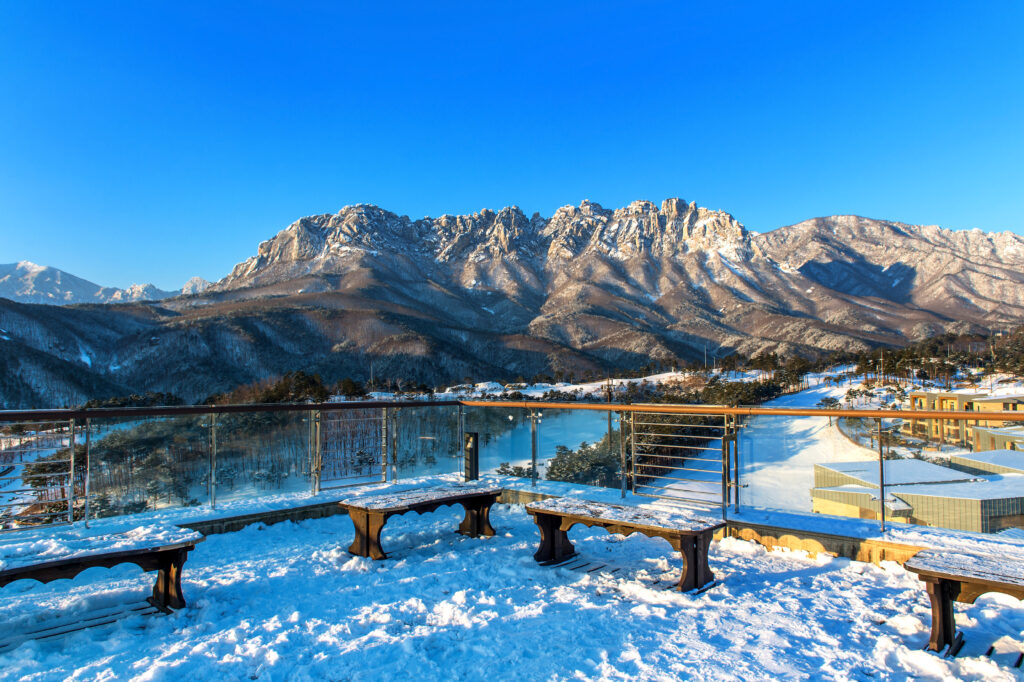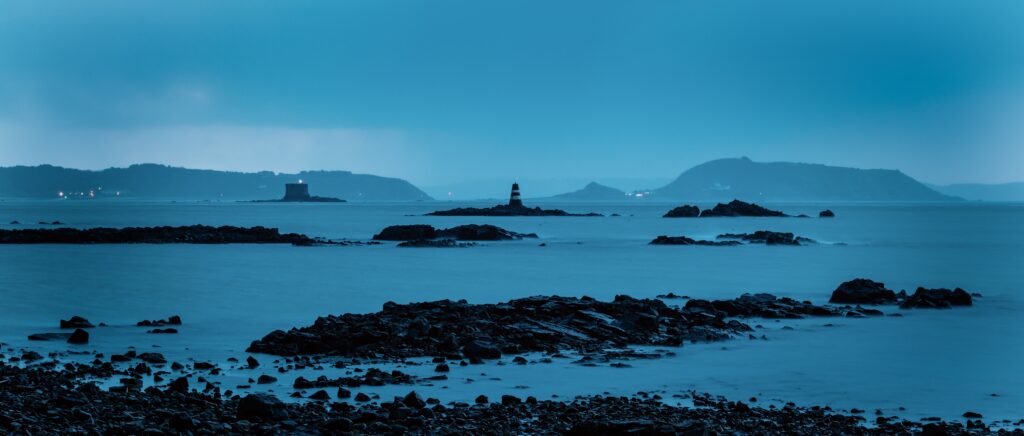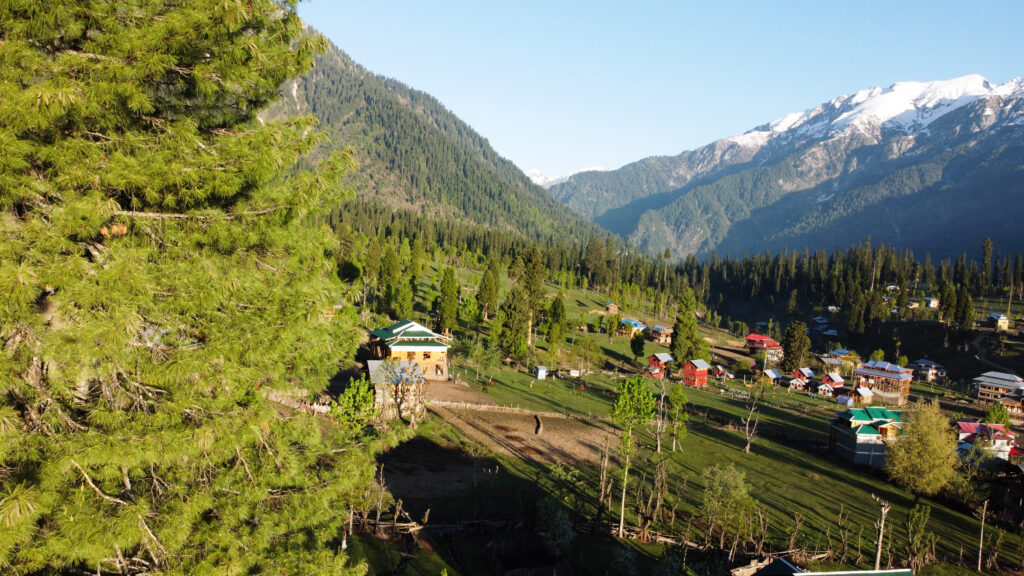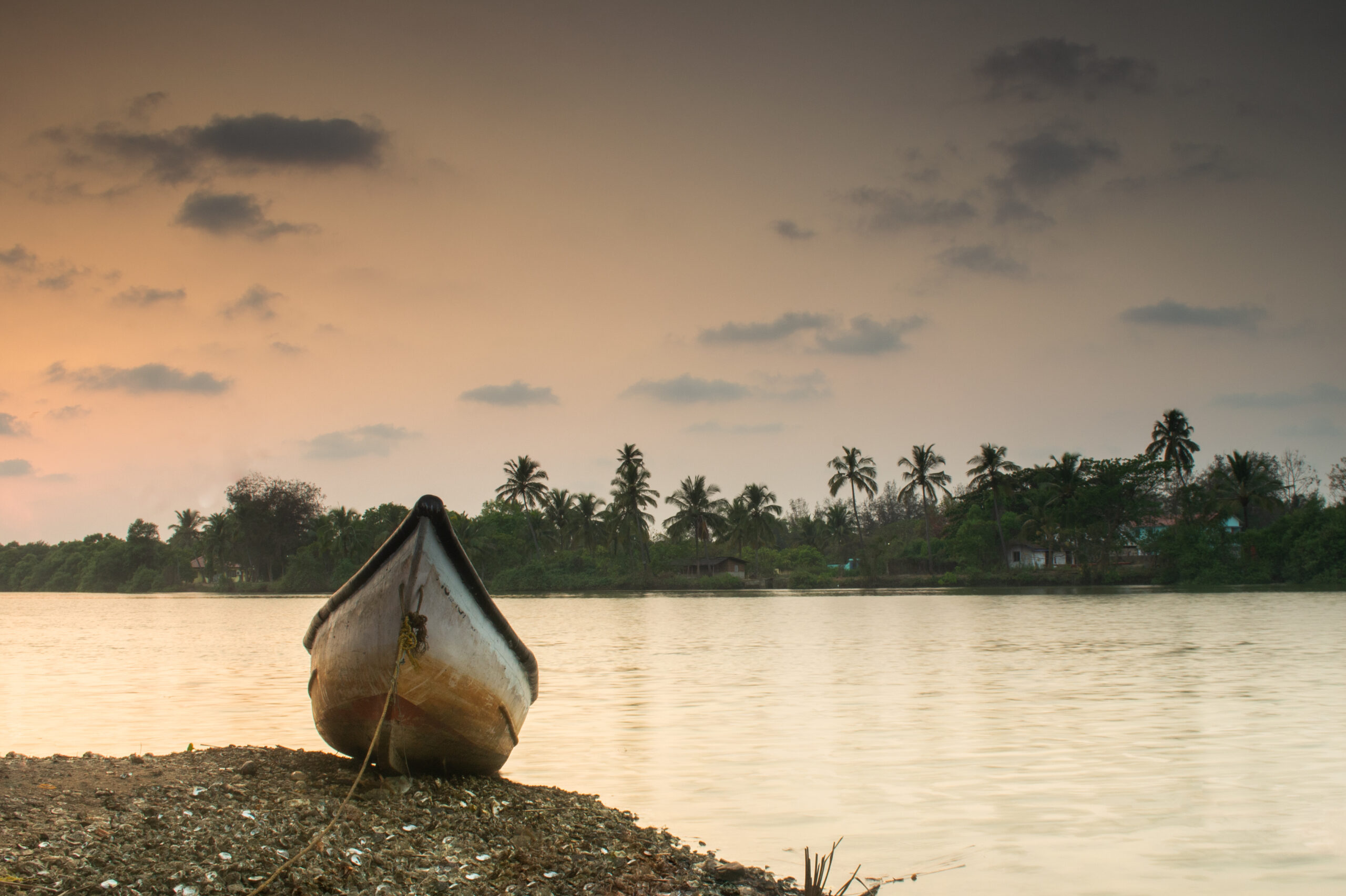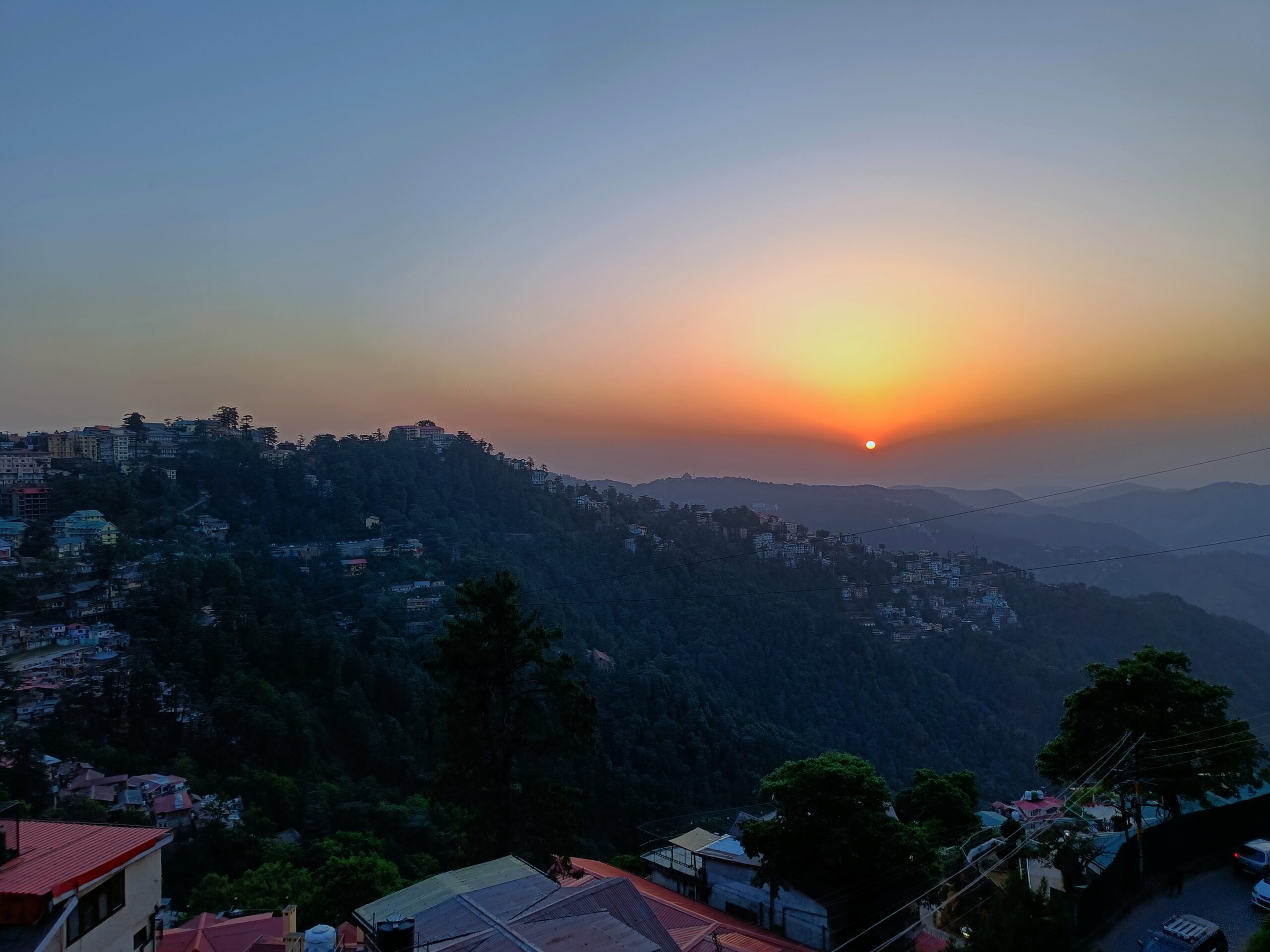Travel guide for your trip to north east India
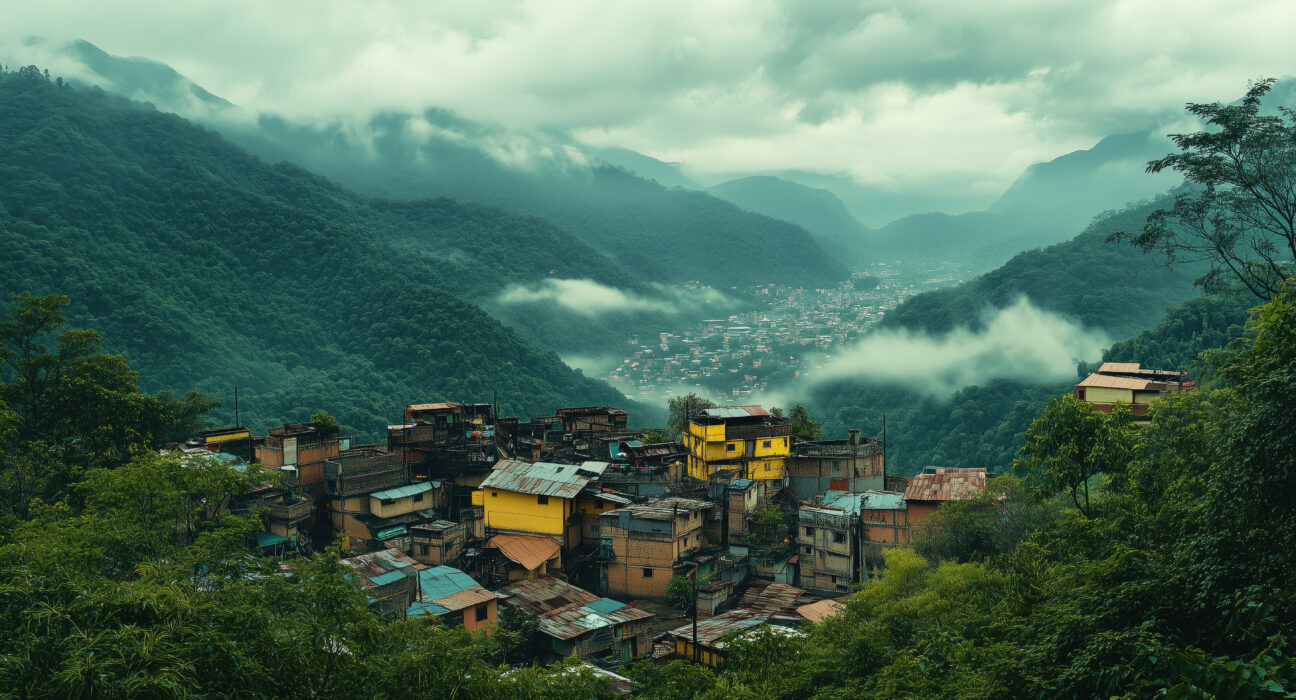
“India will be successful when UP,Bihar,West Bengal,Assam and other parts of North East
India are strengthened.India cannot develop till the eastern parts of the country develops.”
– Narendra Modi
Seven sister states make up the North East of India, a region rich in both natural beauty and
cultural diversity. A temperature to die for, meandering roads, Buddhist stupas and monasteries,
stunning dense forests mixed with lush mountain ranges, and glacial lakes. The country’s most
underestimated and fantastic adventure is maybe in northeast India. This is a comprehensive blog
on everything you need to know about travelling in Northeast India, including the destinations to
add to your schedule and how to get around.
THE SEVEN SISTER STATES-
- ARUNACHAL PRADESH
- MEGHALAYA
- ASSAM
- MANIPUR
- NAGALAND
- TRIPURA
- MIZORAM
THE BEST TIME TO VISIT NORTH EAST INDIA-
You may travel to the Northeast any time of year. The most popular travel seasons are from
October to May. However, other places, including Arunachal Pradesh, Sikkim, and Nagaland,
are difficult to visit during the chilly winter months of December to February. However, if you
pack warm-weather clothing, you ought to be okay.
May to September are the rainy months, but for the most of the region, travel is not significantly
impacted. Except for Meghalaya, which is among the wettest places on earth; during the rainy
season there, expect days and days of rain.
MUST VISIT PLACES OF NORTH EAST INDIA-
- DARJEELING-
Darjeeling, a charming, tiny town that is also one of India’s most well-known hill towns, is
situated in the foothills of the Himalayas. Worldwide, Darjeeling is renowned for its tea
estates. This is the location to take guided tours through lush tea farms and enjoy tea tasting
sessions because it has over 86 gardens that produce the renowned Darjeeling tea.
Not to miss- Darjeeling Himalayan Railway or the toy train , explore the Rock Garden,
boating in Mirik, Tenzing Rock climbing and Mount Kanchenjunga in the backdrop.
- ARUNACHAL PRADESH-
Though less well-known than the other sisters, Arunachal Pradesh displays nature’s
Arunachal Pradesh, the largest of the seven states that make up India’s North Easternmost
region, also happens to be the most naturally gifted state. Arunachal is the last unexplored
territory in far eastern India and has a tenuous border with China. Tawang, which is where
the second-largest Buddhist monastery in the world is located, is worth the effort it takes to
get there, and the Himalayas are nearby due to the area’s snow-capped mountains.
Not to miss- The birthplace of the Dalai Lama and home to several other attractions like
Tawang, the largest monastery in India, Lhasa Monastery in Tibet, Namdapha National Park,
Dirang, Parasuram Kund, and Daporijo.
- SIKKIM-
Sikkim is frequently included in the list of the Northeast’s seven states. Despite being
separated from them by a portion of West Bengal, many people view it as an additional sister
to the Northeastern states due to its distinct culture and stormy past. Sikkim provides a
tranquil retreat for all types of travellers. This is a location that needs to be on your North
East vacation itinerary, regardless of how long or short your journey is.
Not to miss- A bike trip via Nathula Pass – the highest motorable road at a height of 4,310
metres, Lake Tsomgo, Rumtek Monastery, Gurudongmar Lake, Zemu Glacier, Gangtok.
- ASSAM-
The largest state, Assam is perhaps the one that most closely resembles the rest of India in
terms of its people, culture, religion, and cuisine. Due to its extensive tea production, Assam
is the most well-known of the Seven Sisters, but it also boasts some noteworthy attractions.
Most tourists love Kaziranga National Park, but Majuli Island on the great Brahmaputra
River is a lesser-known gem.
Not to miss- Kaziranga National Park, Dawki River , Kamakhya Temple, Manas National
Park, Assam State Zoo & Botanical Garden and Brahmaputra river cruise.
- MEGHALAYA-
Meghalaya is absolutely wonderful, boasting Mawlynnong, Asia’s cleanest settlement. The
area, also known as the “Abode of Clouds,” offers something for everyone. Here, lakes and
other attractions coexist with caves, summits, living root bridges, and the wettest site on
Earth. It makes sense that it is called the “Scotland of the East.”
Not to miss- Mawlynnong , Laitlum Canyon, Double Decker Living Root Bridge in
Cherrapunjee, Balpakram National Park, Umiam Lake, rafting in Barapani Lake, kayaking
on Kynshi River, camp on Khasi hills, and Elephant Falls.
- NAGALAND-
Nagaland, which is home to several tribes, is just as enticing as the other tourist destinations
in Northeast India. When you get here, you’ll be happy to encounter kind, warm, and
inquisitive people. Here, there are many intriguing possibilities for travellers. Bird viewing,
hiking, and wildlife safaris must definitely be indulged in here. Nagaland is renowned for
having some of India’s liveliest, most bright, and most colourful festivals, which honour the
many tribes’ cultures and customs.
Not to miss- Must experience the joys and colours of the Hornbill Festival in Nagaland,
which is typically held in December, Kohima Museum, Triple Falls, Veda Peak, Trekking in
Dzoukou valley, birdwatching in Khonoma, wildlife safari at Intanki Wildlife Sanctuary.
- TRIPURA-
Despite being small, Tripura is quite stunning! Tripura is one of Northeast India’s more
unusual locations. The state, which is dotted with mesmerising palaces and striking temples,
never fails to entertain visitors. Learn how to weave on a handloom; native Americans are
masters at it. If you enjoy discovering undiscovered treasures, Tripura is a terrific spot to
explore while travelling in North-East India. It is also a haven for fans of art, architecture,
and history.
Not to miss- Royal Ujjayanta Palace, Neermahal, Unakoti, Gumti Wildlife Sanctuary,
Jagannath Bari, Rowa Wildlife Sanctuary, Tripura Government Museum, Trishna Wildlife
Sanctuary, Tripurasundari Temple, Jampui Hill.
- MIZORAM-
Mizoram, one of the seven states, is perhaps the most remote and is not easily accessible by
road, but the sights are breathtaking and the journey is made worthwhile by the verdant, lush
rolling hills. The state, also referred to as the “Land of the Mizos,” is unimaginably
wonderful. Mizoram has a plethora of options for adventure seekers to sate their wanderlust
thanks to its powerful mountains that are nested in north-south routes and its numerous small
rivers.
Not to miss- Take part in the Chapchar Kut Spring Event, the state’s oldest festival, if you
happen to be in Mizoram during the springtime. Murlen National Park, Dampa Tiger
Reserve, Phawngpui Hills, Vantawng Falls, Palak Lake, enjoy mountain biking in the
Hmuifang Hills, trekking in the Blue Mountain National Park, Mizoram State Museum,
Solomon Temple, Rih Dil.
- MANIPUR-
Manipur, which is adorned with natural wonders, mesmerizes with a variety of extraordinary
experiences. The region is a true gem in the center of Northeast India, and there are many
reasons to explore it to your heart’s content. You may discover anything here, including
martial arts, gorgeous hills, and indigenous sports. In addition to being well-known as the
“country of festivals,” Manipur is renowned for its scenic hills, native games, rich culture,
handicrafts and handlooms, and martial arts. Nowhere else can you have the pleasure of
shopping in a market run entirely and solely by women.
Not to miss- Try the world’s hottest pepper, Bhut Jolokia (Ghost Pepper), and shop at
Khwairamband Bazaar, a neighborhood market run entirely and solely by women. Shri
Govindajee Temple, Sendra Island, Keibul Lamjao National Park, explore the ancient Andro
village, chariot ride in Moreh near the border, Kangla Fort, Loktak Lake.
CLIMATIC CONDITIONS OF THE NORTH EAST-
The western part of the Mizo Hills, the Barak Valley, Tripura, and the plains of the Brahmaputra
are typically around 15°C in January. In the same month, temperatures in the other sections of
the region average around 10° C.
With the exception of Shillong and the south-eastern part of the Mizo hills, the temperature
climbs starting in April and reaches a maximum of 27.5°C in July. In the hilly regions, the daily
mean temperature in October varies between 20°C and 25°C.
While it is above 25°C in the Brahmaputra and Barak Valley, Tripura, and the western part of the
Mizo hills. Furthermore, Arunachal Pradesh’s upper Himalayas experience the lowest
temperatures, which are below freezing.
It is certain to be a memorable experience to take in the riot of colour, music, dancing, and
distinctive traditions of a traditional tribal festival in North East India. India’s North East is yet
undiscovered, genuine, and refreshing.



